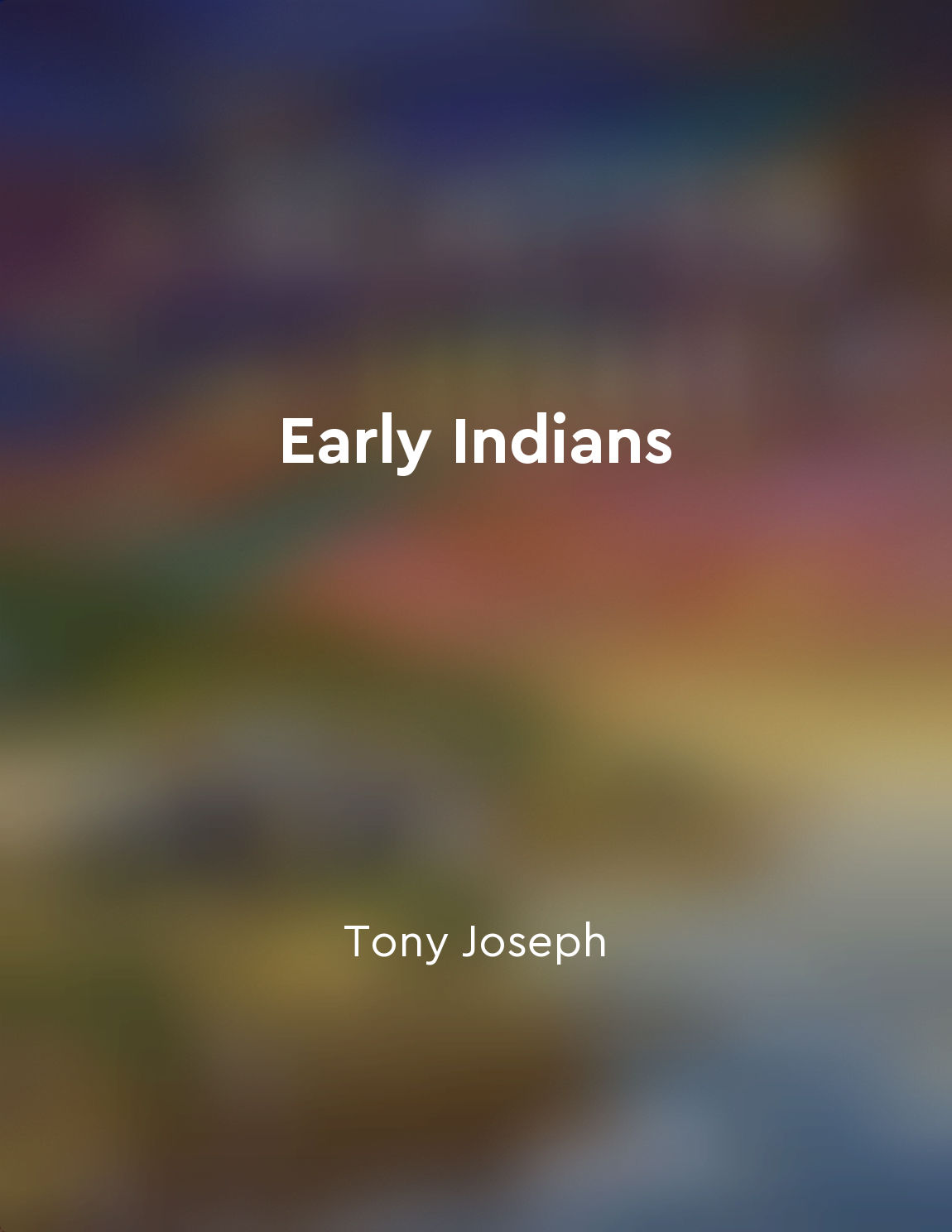The Indus Valley Civilization was one of the earliest urban societies from "summary" of A History of India by Romila Thapar
The Indus Valley Civilization is often regarded as one of the earliest urban societies in the history of India. This ancient civilization flourished around 2600-1900 BCE in the northwestern region of the Indian subcontinent. What sets the Indus Valley Civilization apart from its contemporaries is its remarkable urban planning and sophisticated infrastructure. The cities of Mohenjo-Daro and Harappa, two of the largest settlements of the civilization, demonstrate a high level of urban development. The urban layout of Mohenjo-Daro and Harappa is characterized by well-planned streets, a complex drainage system, and multi-story brick houses. The meticulous planning of these cities reflects a centralized authority that was capable of organizing labor and resources on a large scale. Moreover, the presence of granaries, public baths, and a citadel in Mohenjo-Daro suggests a degree of social organization and governance. The Indus Valley Civilization also had a thriving trade network that extended to Mesopotamia, Central Asia, and other regions. Archaeological evidence such as seals, pottery, and beads indicates that the Indus people were engaged in long-distance trade. This trade network not only facilitated the exchange of goods but also cultural and technological exchange between different regions. The economy of the Indus Valley Civilization was primarily agrarian, with a focus on agriculture and animal husbandry. The fertile soil of the Indus River basin supported the cultivation of crops such as wheat, barley, and cotton. The presence of granaries in Mohenjo-Daro and Harappa suggests a system of storage and distribution of surplus agricultural produce.- The Indus Valley Civilization stands out as one of the earliest urban societies due to its advanced urban planning, sophisticated infrastructure, and thriving trade network. The cities of Mohenjo-Daro and Harappa bear testimony to the organizational skills and social complexity of this ancient civilization. Despite its decline around 1900 BCE, the legacy of the Indus Valley Civilization continues to fascinate historians and archaeologists, shedding light on the early urban development in the Indian subcontinent.
Similar Posts
Partition of India led to communal tensions and migrations
The partition of India in 1947 was a significant event in the history of the Indian subcontinent. The division of British India...

Evidence of intermingling of diverse populations
The genetic evidence, as discussed in the book, clearly indicates a significant amount of intermingling between different popul...
Important for understanding Mesoamerican civilizations
The Codex Mendoza provides crucial insights into the civilization of the Mexica people, also known as the Aztecs. This document...
Vedic deities were worshipped through hymns and rituals
The Vedic deities were revered by the ancient Indians through hymns and rituals. These hymns, known as mantras, were recited by...
Gupta Empire was known for its prosperity and art
The Gupta Empire, which lasted from around 320 to 550 CE, is often remembered for its remarkable prosperity and flourishing art...

